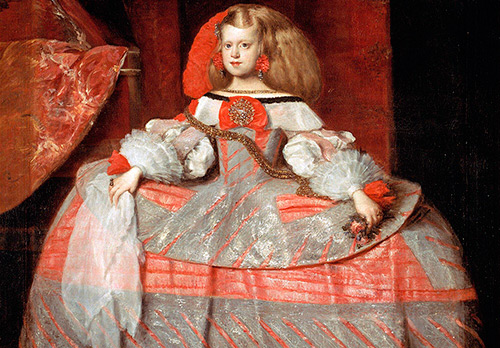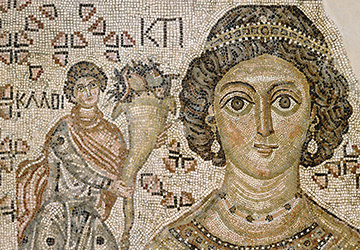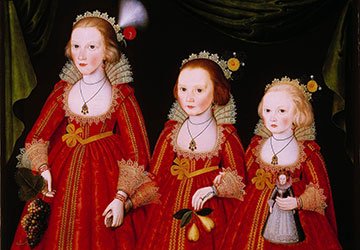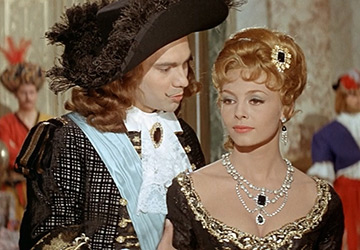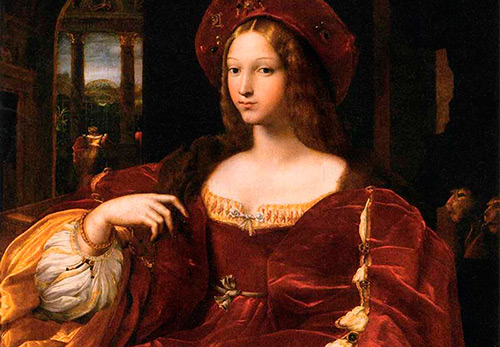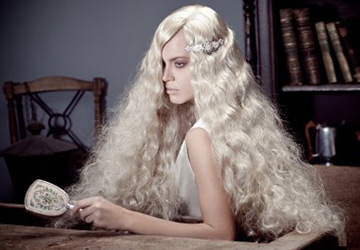Fashion history
Hairstyles of Spain of the 16th - 17th centuries
At the end of the 16th - beginning of the 17th centuries. Spain has become not only a politically strong state, but also one of the cultural centers of Europe. This period is not in vain called the "golden age" in the history of Spain. She dictated at the end of the 16th - beginning of the 17th centuries. Spain and fashion. Fashion both in costume and hairstyle.
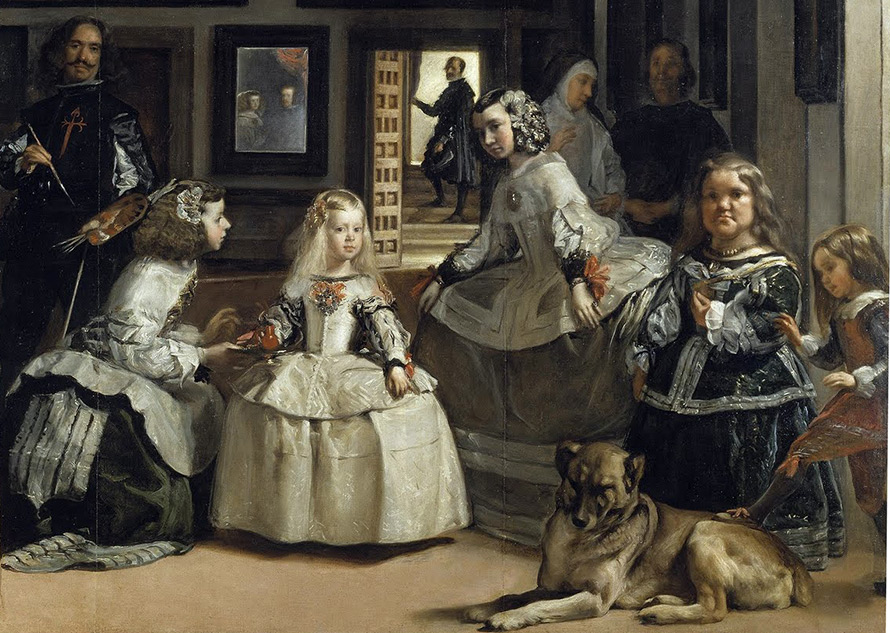
Velazquez. "Meninas" (1656, Prado, Madrid)
Spain was a Catholic country. The support of the Catholic Church in Europe, because Europe by the 17th century chose Protestantism as a religion and refused to obey the Pope. Being quite religious Catholics, the Spaniards covered the whole body in their clothes and preferred dark colors. So, the Spanish women had to cover the ankles of the legs, hands and, of course, no deep cutouts on the chest.
Dresses of that period were dark, very often black, in their design resembling a case, tight and covering the whole body. In addition to both women's dresses and the men's suit, which was also dark, collars called milling were used. The cutter collar is a wide grooved starchy white collar that fits snugly around the neck. Such collars in the form of a ring framed the neck to the shoulders. They were held exclusively on a special metal frame.
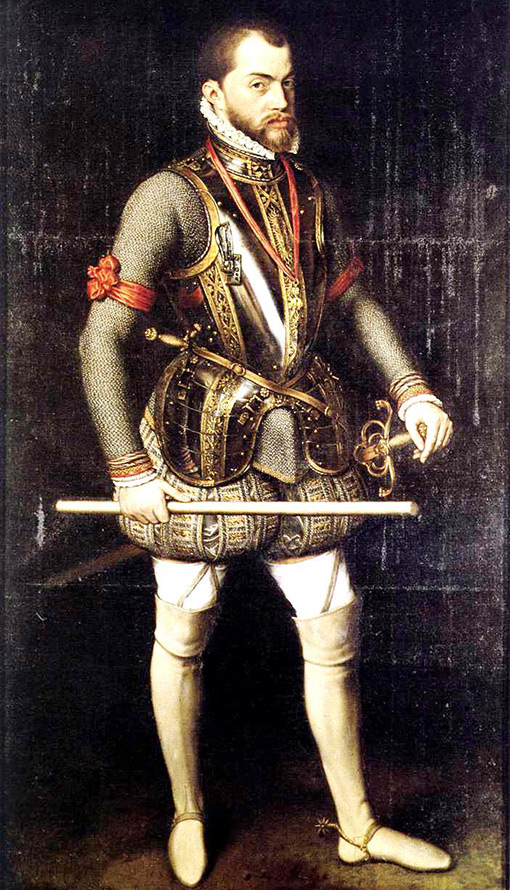
Philip II, King of Spain, 1st Duke of Milan from the Habsburg dynasty, Anthony More, El Escorial
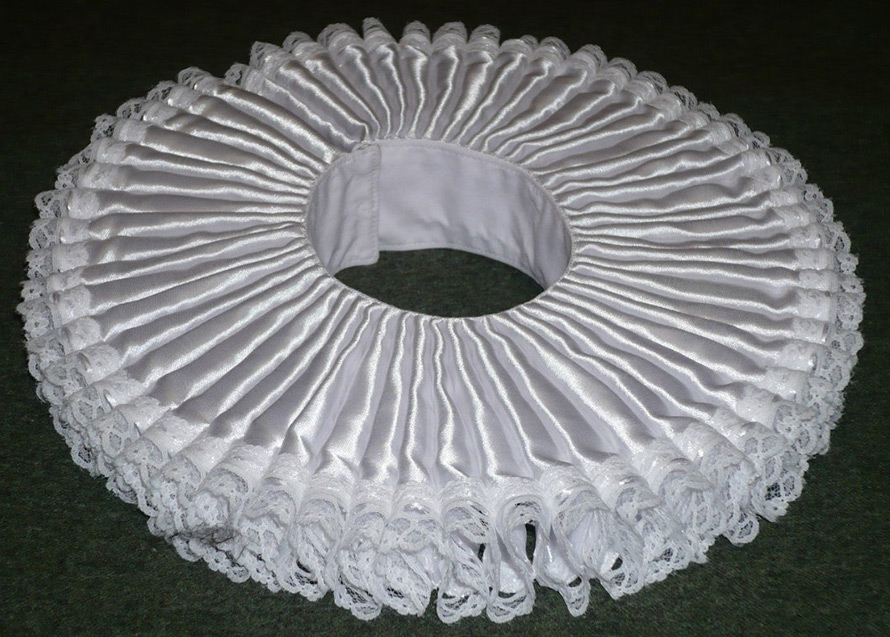
Collar cutter
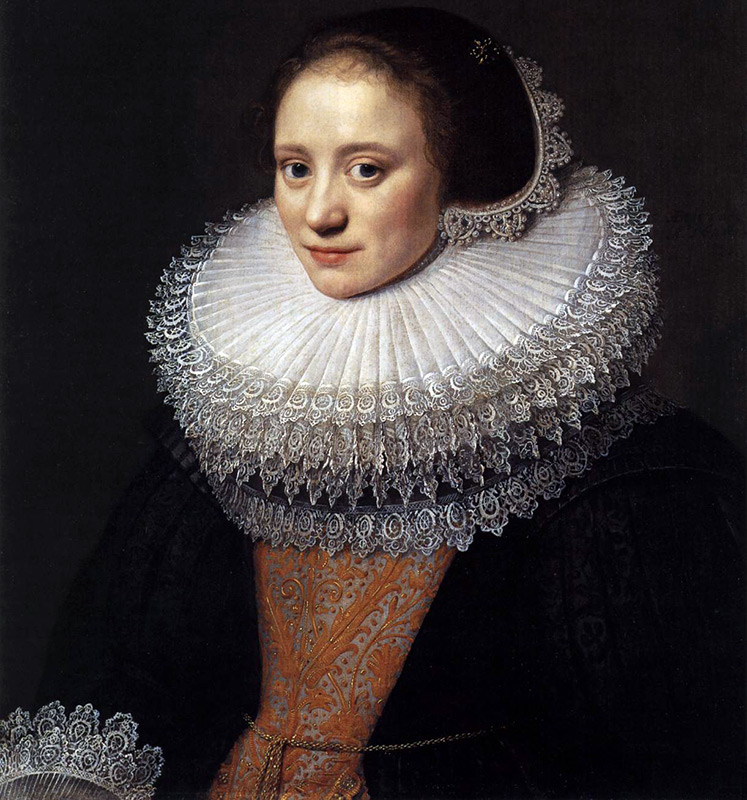
As for the hairstyles, the men wore short haircuts. And this was due to the collar, since it was extremely inconvenient to wear long hair with a cutter collar. By the way, it is thanks to the same collar that women will start wearing high hairstyles.
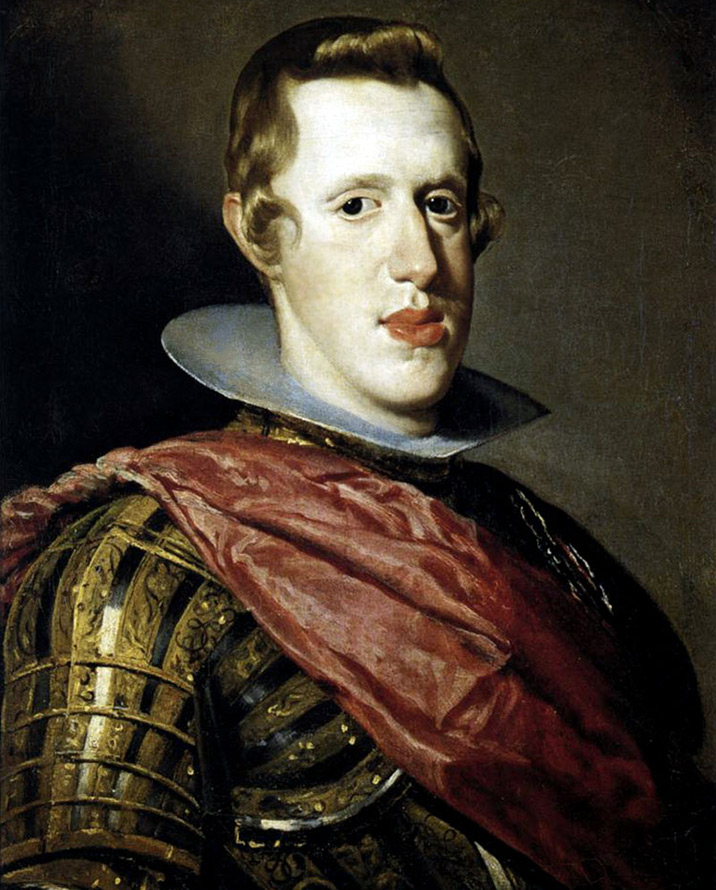
Portrait of King Philip IV of Spain in Armor, 1628, Prado Museum, Madrid
Besides short haircuts, men also wore beards, sideburns or mustaches. The beards were small and pointed. Such beards were called "goatees".
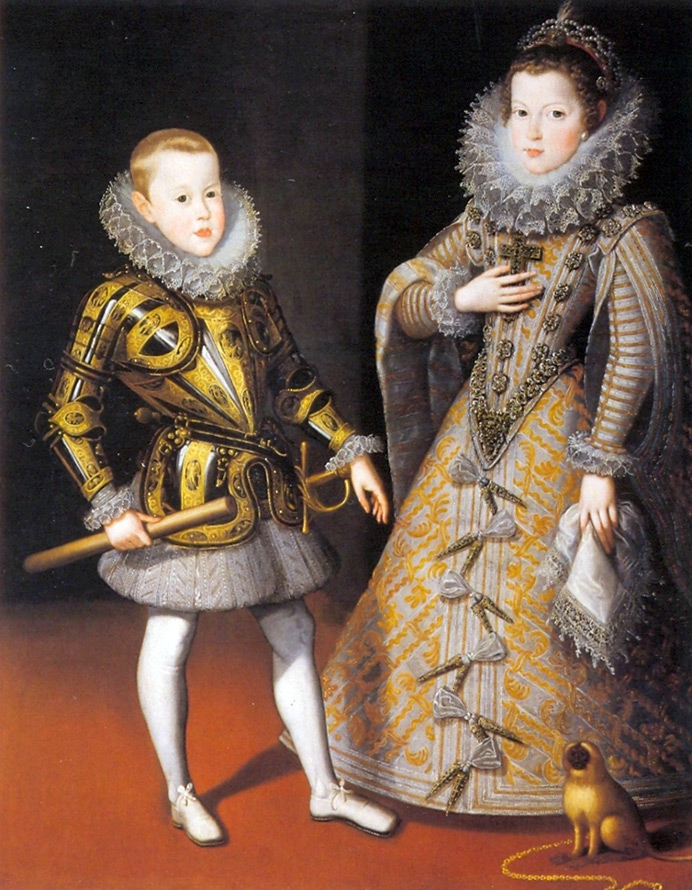
Infanta (Spanish princess) Anna and the future king of Spain Philip IV
Women's hairstyles in Spain at the end of the 16th - beginning of the 17th centuries. were tall and stern. Hairstyles were done with bunches on the top of the head, with rollers over the forehead. Hair curled. There were also hairstyles with copper wire frames in the shape of a heart, an apple, a pear.
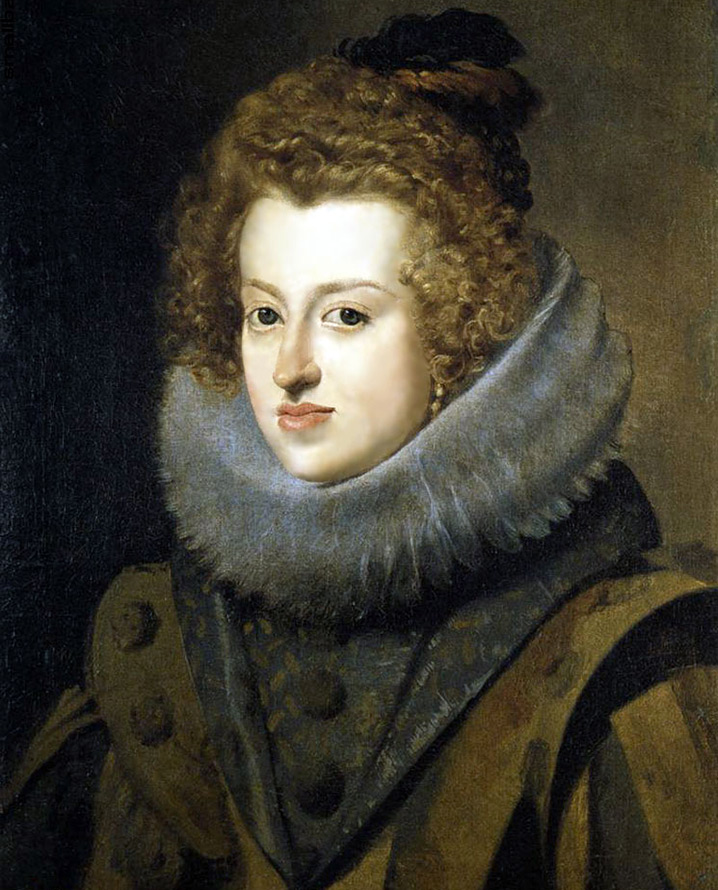
Infanta Maria Anna, Queen of Hungary, 1629, Prado, Madrid
For example, they wore hairstyles such as "quafia de papos". The hairstyle consisted of braids laid in donuts on the cheeks, flat and straight parting. Instead of braids on the cheeks, bandeau could fit - voluminous hemispheres of hair.
Another hairstyle - the "war horse" hairstyle - the hair was tied high at the crown and descended on the back and shoulders in a wave.
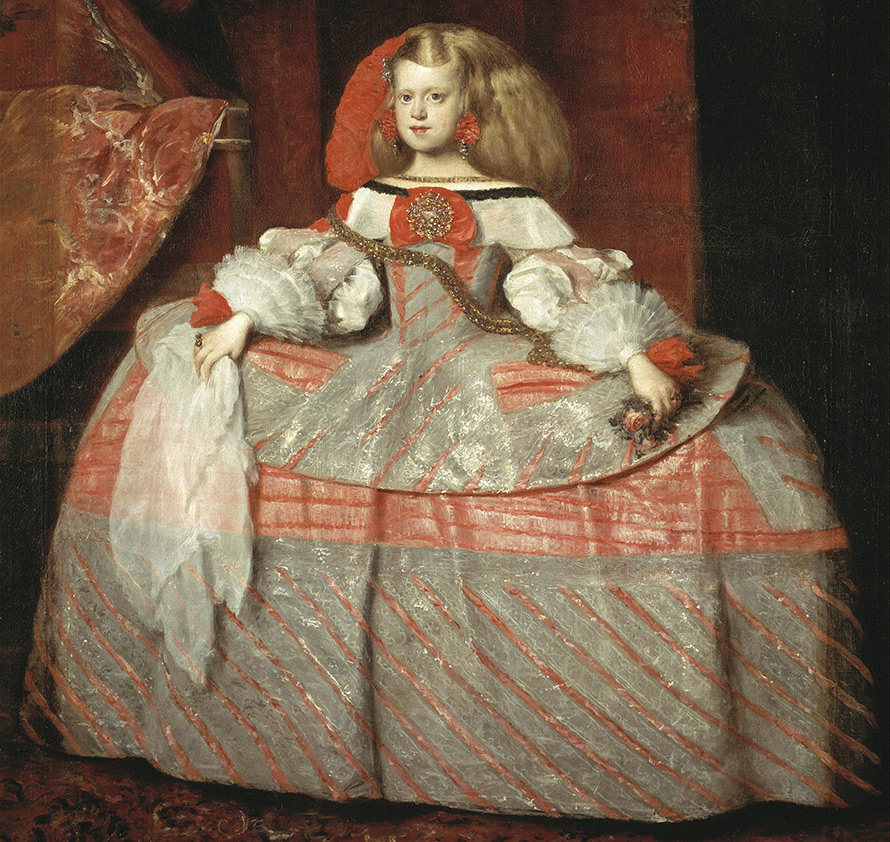
Velazquez. Infanta Margaret of Austria, 1660
The hairstyle of the second half of the 17th century and a dress that is more open and bright in color
There were also hairstyles with hair braided in braids and tied in buns at the crown, and on top covered with gold or silver hairnets.
Appearing in France during this period, the fashion for wigs in Spain was not widespread.
Hats of Spain
Men wore large, wide-brimmed hats decorated with ostrich feathers, embroidered velvet and velor barrets, and tok hats.
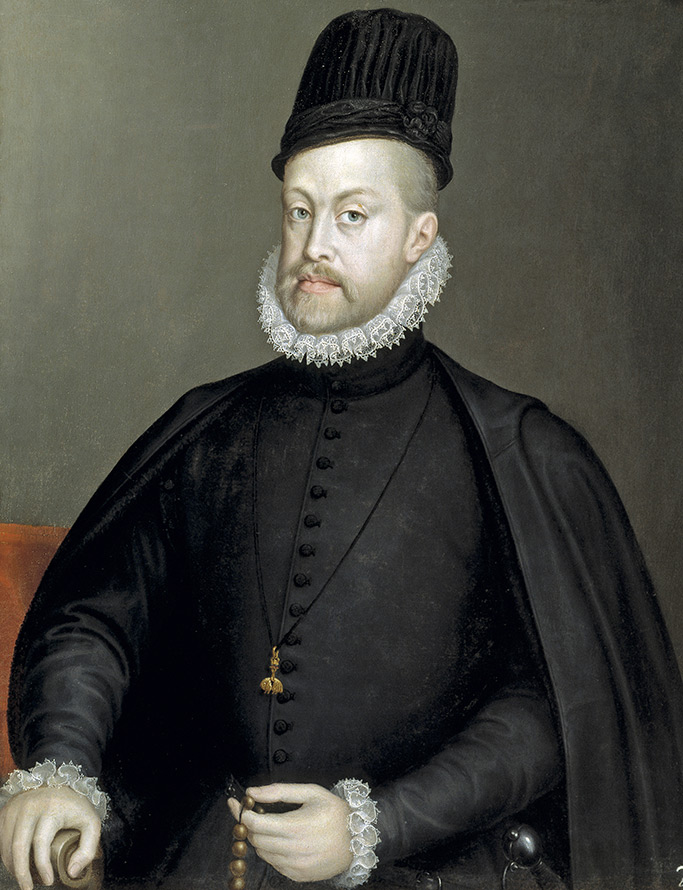
Philip II (King of Spain) in a current hat
Women - bonnets with ruffles and lace, large wide-brimmed hats with feathers, tok hats (like men) - small hats with almost no brims with a high crown.
Also, women wore hoods and veils. Among the inhabitants of Seville, such a headdress was popular as the transado - a small bandage with a case that was twisted crosswise with a narrow ribbon, and into which a braid was inserted.
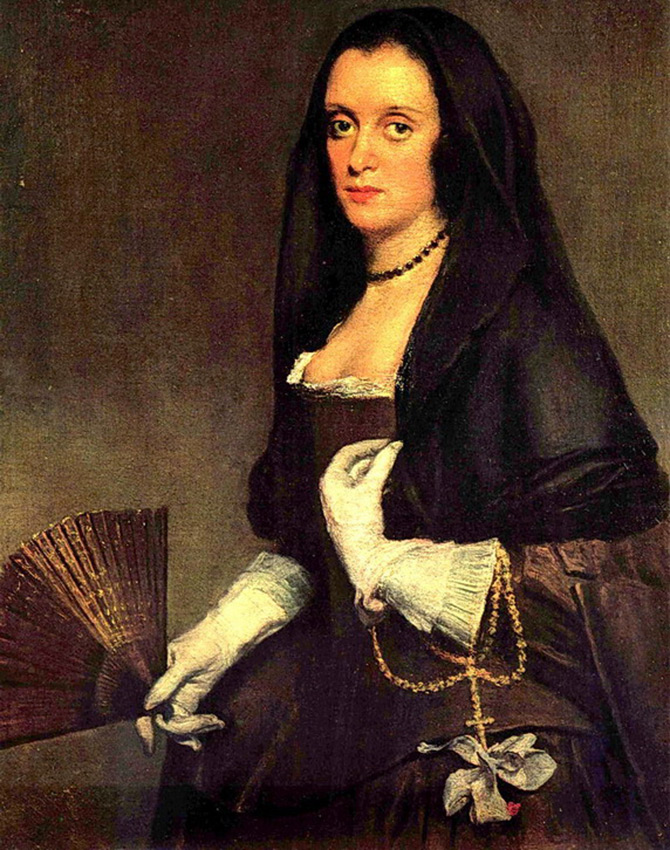
Velazquez. "Lady with a Fan". 1646 year.
A headdress called "Moscow-style toque" was also in vogue among Spanish women - such a current was adorned with a feather and jewelry in the middle and was as elegant and expensive as headdresses of the boyars of Moscow Russia.
Mantilla was also worn - a long silk or lace scarf-veil, one of the elements of the Spanish women's national costume.
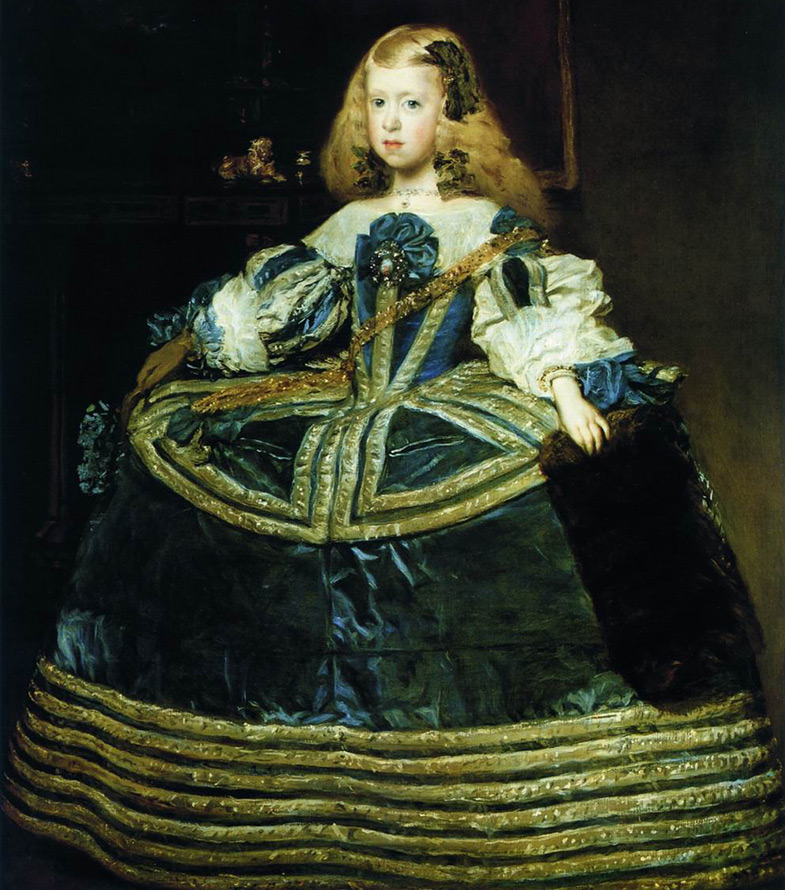
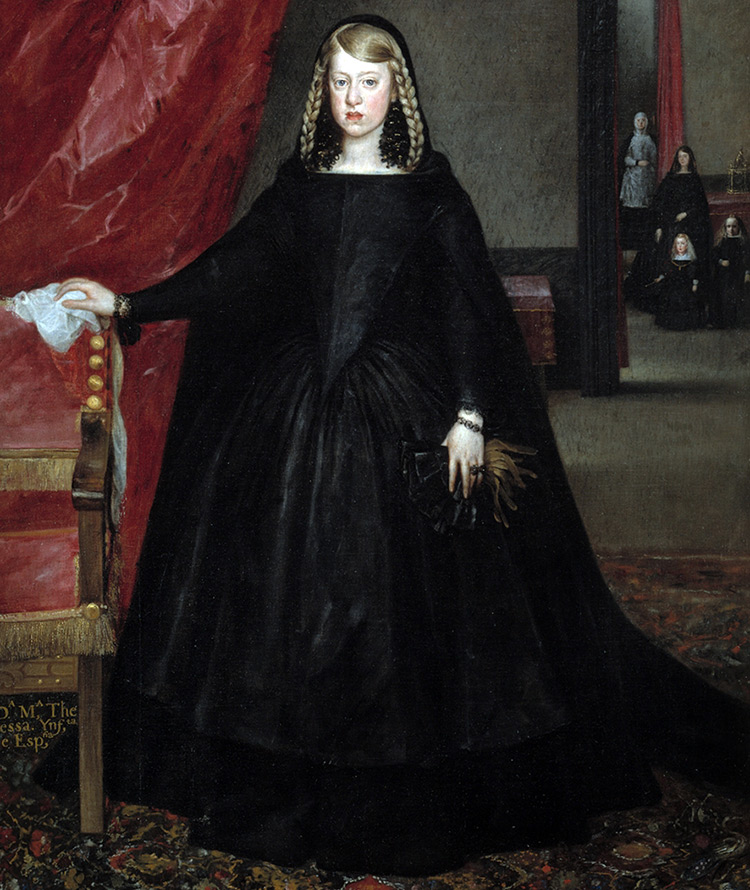
Comments and Reviews
Add a comment
Rating news
Shades of clothing that make women look younger
What shades of hair make women younger: rules and photos
Funny wedding dresses - photos and ideas
12 most expensive down jackets for the winter
How to look 25 at 40: tips from supermodels
Beautiful schoolgirls
Anti-aging haircuts and hairstyles for women
Fashionable skirts for autumn and winter
Fashionable women's trousers for the cold season
Fashionable and stylish sandals for summer 2024
Spring-summer 2024
 Fashionable dresses and tops with thin spaghetti straps
Fashionable dresses and tops with thin spaghetti straps
 Bandana tops: how to wear stylishly and beautifully
Bandana tops: how to wear stylishly and beautifully
 How to put together the perfect men's wardrobe for the summer
How to put together the perfect men's wardrobe for the summer
 Fashionable shorts for spring-summer 2024
Fashionable shorts for spring-summer 2024
 Fashionable skirts for spring-summer 2024: a guide to online shopping
Fashionable skirts for spring-summer 2024: a guide to online shopping
 The most fashionable dresses spring-summer 2024: styles and colors
The most fashionable dresses spring-summer 2024: styles and colors
 Fashionable total look 2024: ideas of images and trends
Fashionable total look 2024: ideas of images and trends
